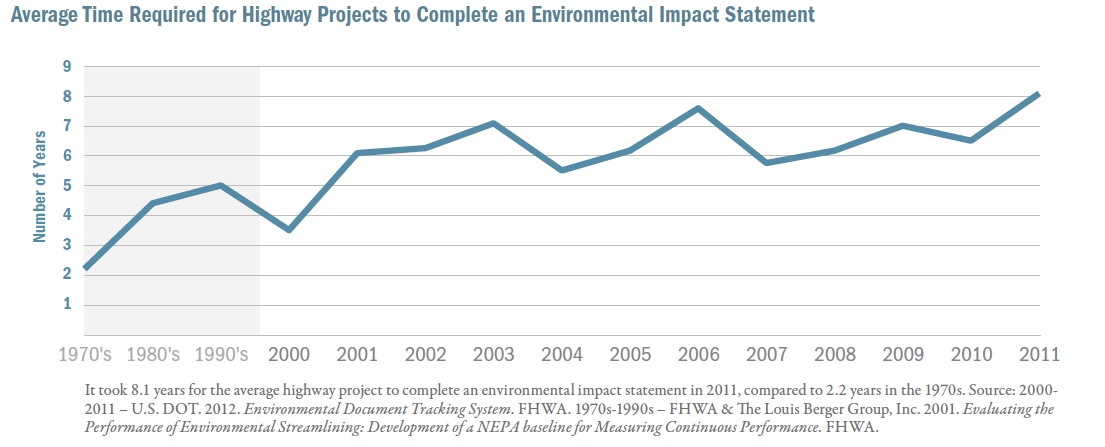
REGIONAL PLAN ASSOCIATION
In the 40 years since the passage of the National Environmental Policy Act and the development of the current federal regulatory process, the practice of completing environmental reviews for major infrastructure projects has significantly lengthened average project delivery times. For example, in 2011, the average time it took to complete an environmental impact statement on a highway project was over eight years, compared with two years just after the law was passed.
View this complete post...
Tags: America 2050, Petra Todorovich, Regional Plan Association, RPA
Posted in
Accountability, Aging Infrastructure, Bridges, Economic Stimulus, Funding, Highway, Infra Views, National, Private Investment, Public Transportation, Roads, Sustainability, Transit
Comments Off on Getting Infrastructure Going: Expediting the Environmental Review Process
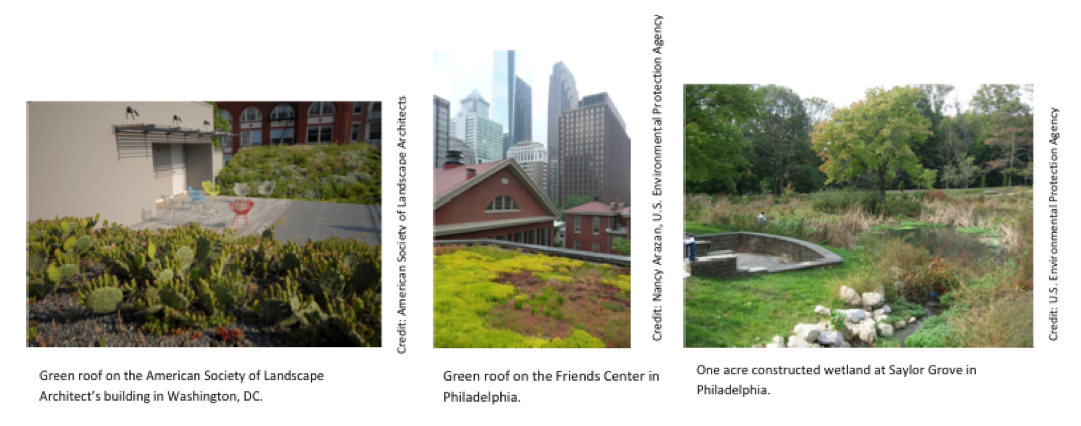












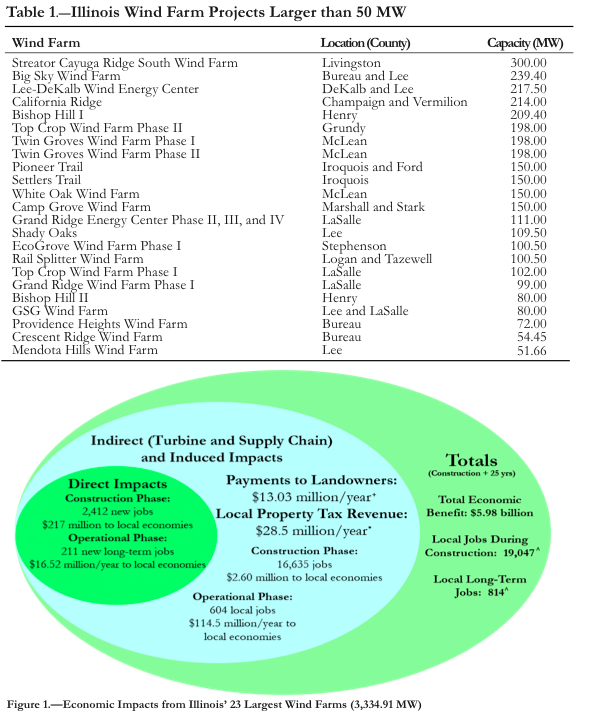
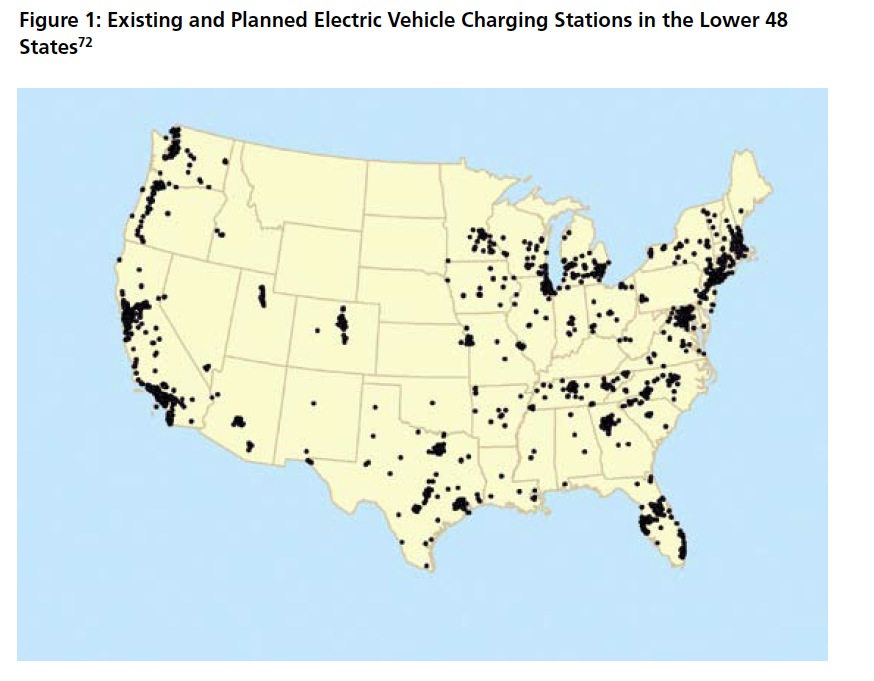
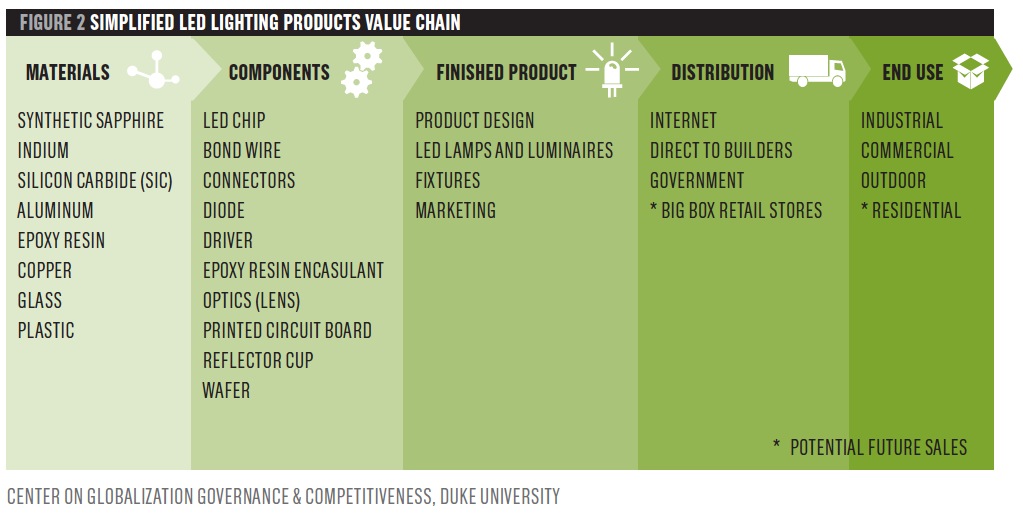

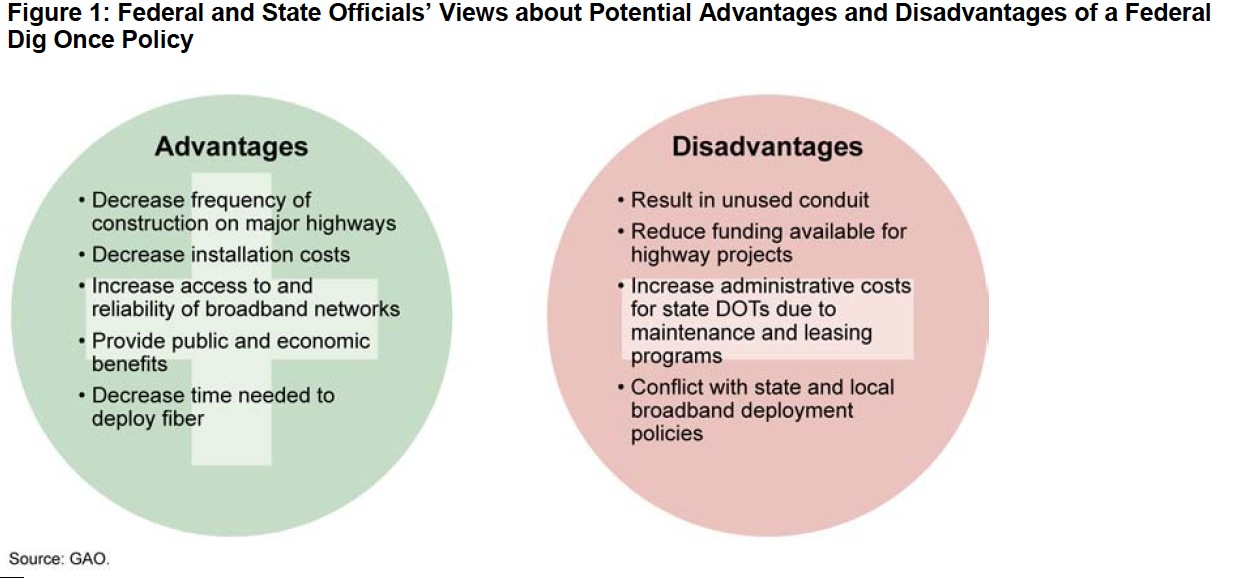
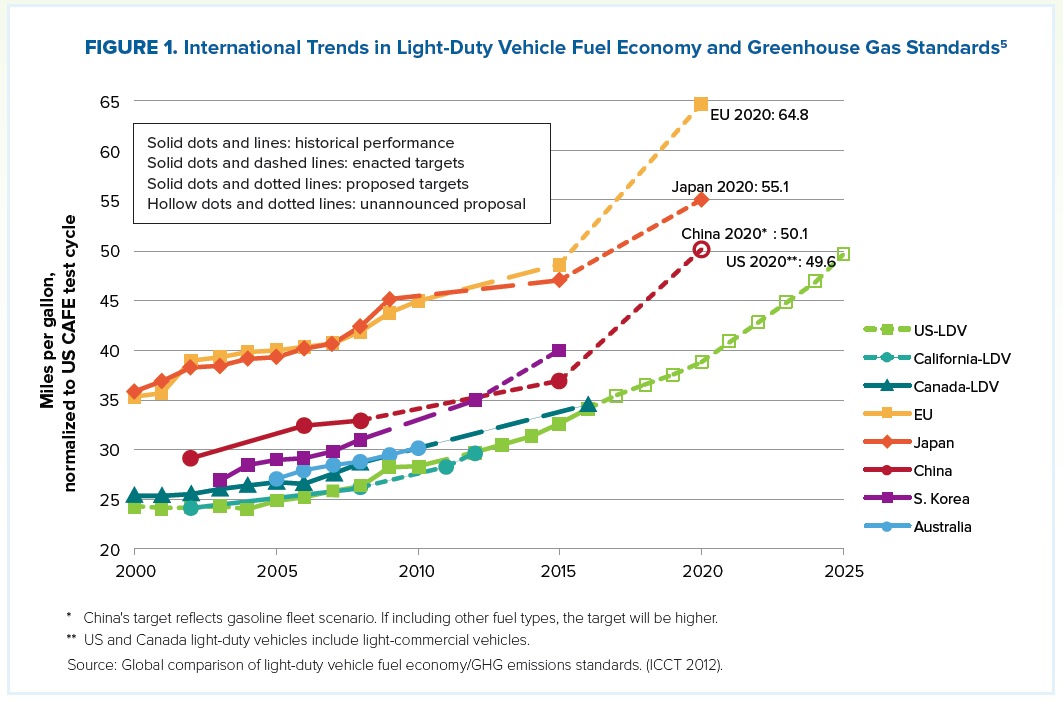

 RSS Feed
RSS Feed